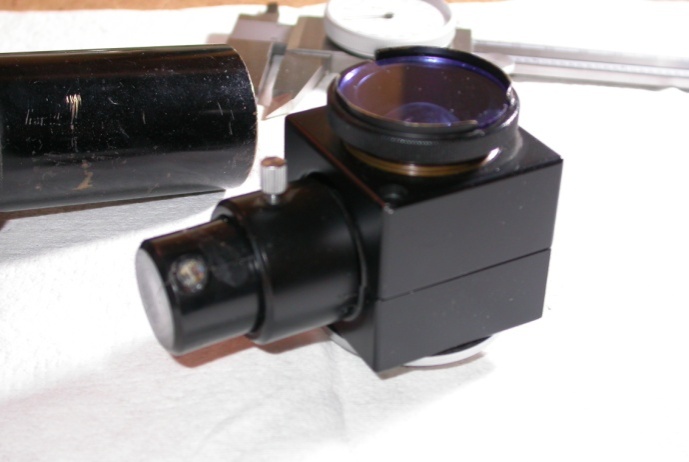
Mike
Andre, USA
After getting my ‘Little Leitz’ refurbished (thanks to a focus block rebuild by Arthur, Rosenfelder Optics, Bellvue, Colorado! (http://users.wildblue.net/roseoptics/RosenfelderOptics.index.html) the next item on the agenda was putting together a lighting system that would be portable. (This microscope is being put together for use as a portable, and for eventual gift to Madison, my granddaughter, and I wanted it to be operable other than on mains power.)
I was able to source an illuminator designed for this style microscope with the male bayonet mount that locks into the female part in the base of the stand – see photo below.

This was a perfect unit for conversion to a Luxeon K2 3W LED to be powered by batteries; small and easily reworked. The next shot shows the unit disassembled:
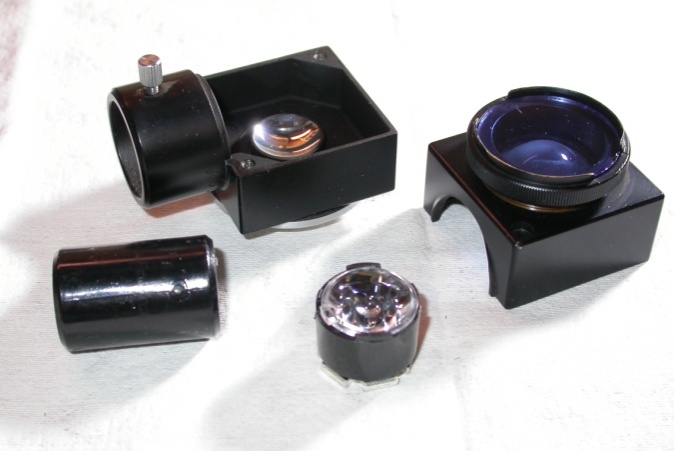
Originally I was going to use a Luxeon Star V with holder and focusing lens (shown in bottom middle of photo above), but decided the K2 would be more compact and provide a more diffuse light source (due to the Lambertian radiation pattern).
Mounting the K2 was a bit more problematic than mounting the Luxeon Stars that are already pre-mounted on an Al base. (Luxeon has recently introduced the K2 as Stars mounted on the Al base and I would purchase these for any future use. The ones I have are from the original manufacturing run and I waited many months for delivery! Evidently they now have the manufacturing up to speed and delay on the new Stars is only 10 days.)
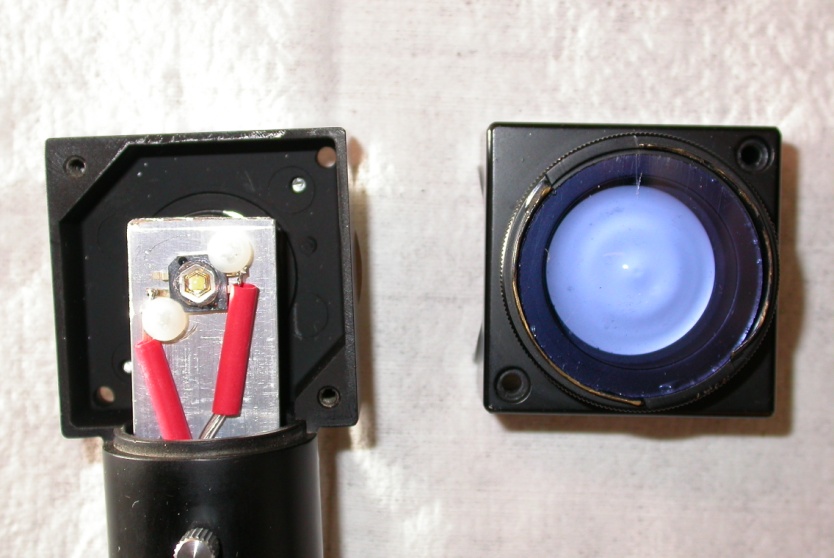
The 1/8” X ¾” Al was purchased at the local hardware shop and provides a substantial mount (using nylon machine screws 2/56 and a good shot of heat transfer compound) and functioning as a heatsink, although the K2’s have excellent thermal resistance, only 9°C/W; (the ones I received are binned at 1500 mA with >1400 Lumens in 6500° White).
As it turned out, these give much too much light for this application and I found (using a lab power supply with current/voltage presets) the max current needed (actually still too bright) was 20 mA. In practice I am running ~4 – 6 mA, providing more than enough light for BF viewing.

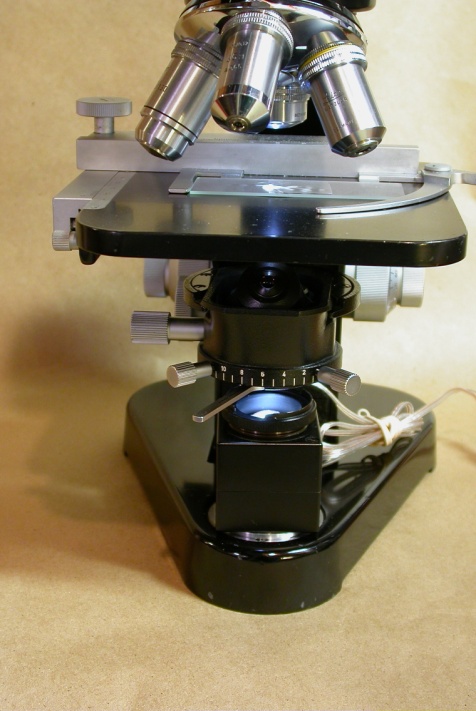
The next step to give full portability was to put together a power and control system that would be useful in the field away from lab power supplies and safe in the hands of a young person. I opted to go with a small and inexpensive PWM* powered by AAA batteries. (According to a table of Battery Characteristics I found on the ‘net, AAA 1.5V Alkaline batteries have a continuous capacity of 600 mAh @ 10 mA, so paired and running at something roughly half that level should provide plenty of use!)
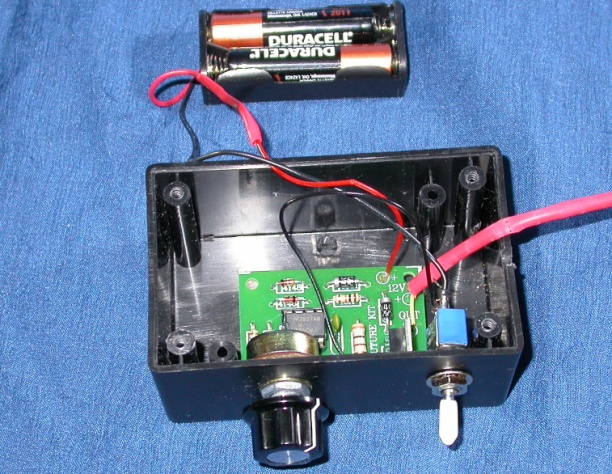
The batteries are contained in a small project box equipped with on/off toggle and small pot for the PWM control.

All in all, a satisfying project with a successful conclusion. Thanks to the amazing K2 LED with the 6500° white light, the colors are as natural as can be and control is a snap. The only thing missing is Kohler illumination capability, although I doubt this microscope ever had it. I’m already thinking of mounting the batteries inside the base of the stand, and trying to figure how I would control the PWM without drilling holes in the stand!
* The PWM was a kit purchased on eBay. The seller, Quickarelectronics, seems to constantly have these listed and for a total cost of <$16 including S&H it’s hard to justify building from scratch. I have no relationship with the vendor other than having purchased from him in the past.
Comments / questions
to the
author
Mike
Andre are welcomed.
Published in the December 2006 edition of Micscape.
Please report any Web problems or offer general comments to the Micscape Editor .
Micscape is the on-line monthly magazine of the Microscopy UK web site at Microscopy-UK
© Onview.net Ltd, Microscopy-UK, and all contributors 1995
onwards. All rights reserved.
Main site is
at www.microscopy-uk.org.uk
with full mirror
at www.microscopy-uk.net
.